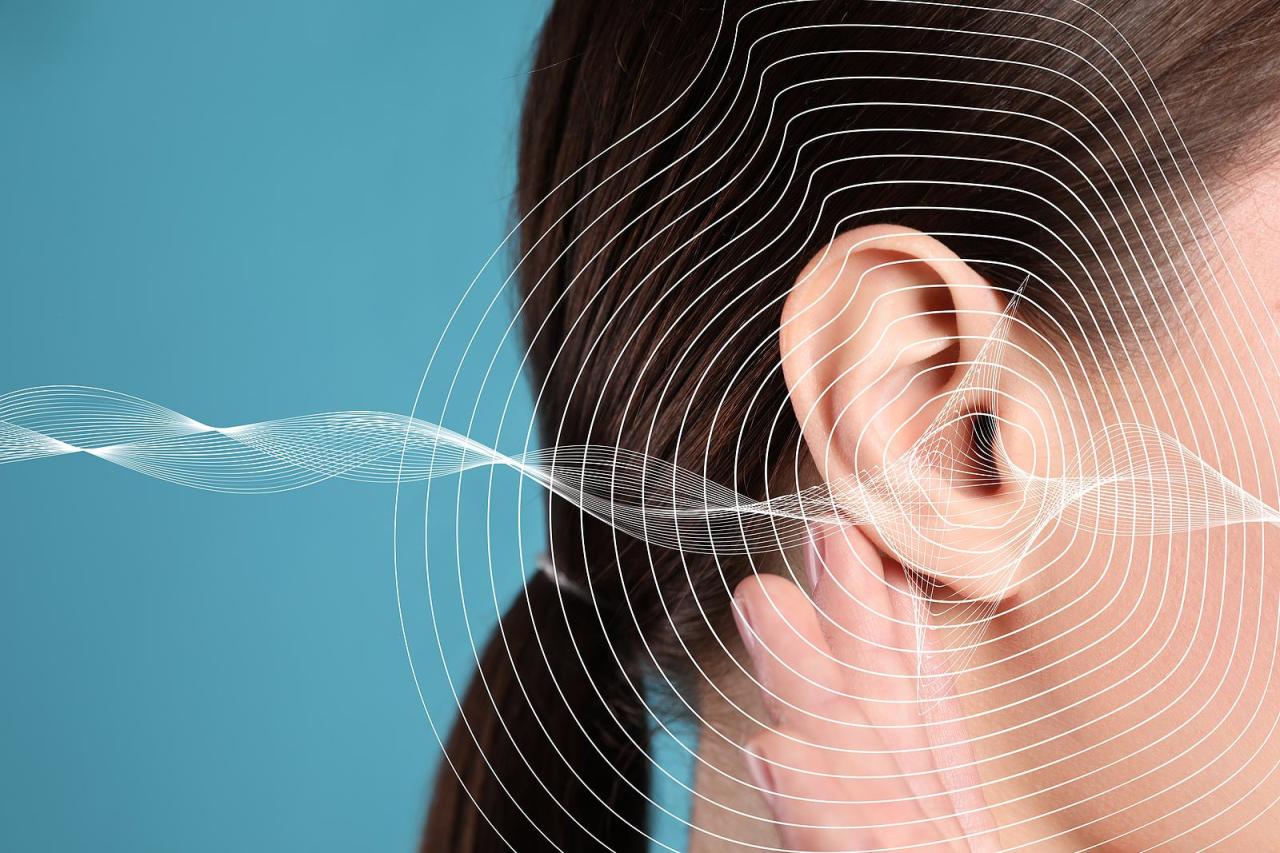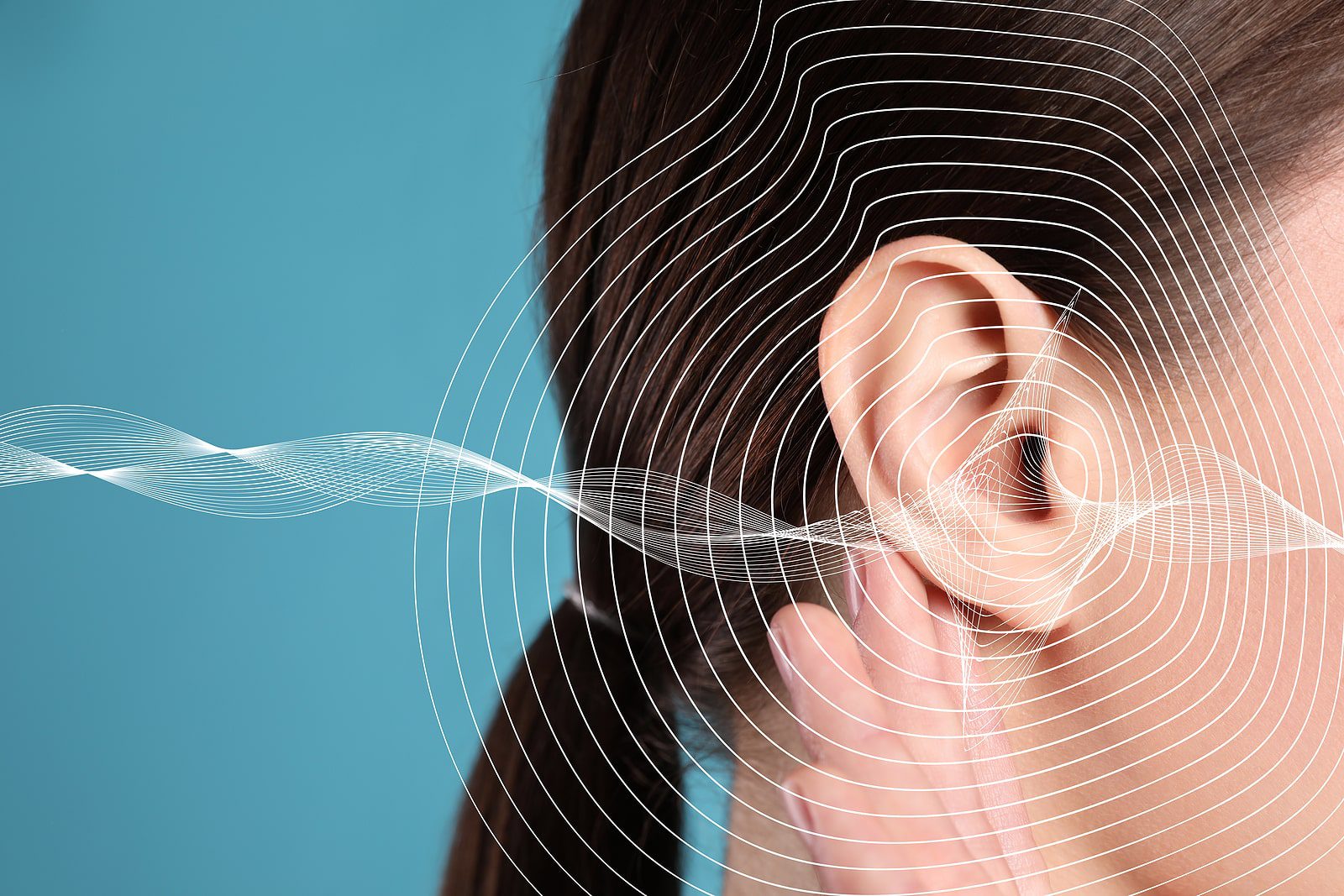The hearing aid industry is currently undergoing a transformative period, akin to a seismic shift that is reshaping its very foundations. Driven by a confluence of technological breakthroughs, evolving regulatory frameworks, and a heightened global awareness of hearing health, this sector is experiencing unprecedented innovation, market expansion, and a fierce battle for consumer attention. From the advent of over-the-counter (OTC) devices to the integration of artificial intelligence and advanced connectivity, the news emanating from this industry speaks of a future where hearing care is more accessible, personalized, and seamlessly integrated into our daily lives than ever before.
The OTC Tsunami: A Game Changer for Accessibility
Perhaps the most significant development in recent years has been the introduction of Over-the-Counter (OTC) hearing aids, particularly in the United States following the FDA’s groundbreaking ruling in October 2022. This regulatory change marked a pivotal moment, allowing adults with perceived mild to moderate hearing loss to purchase hearing aids directly from stores or online without a prescription or an audiologist’s fitting. The implications are vast:
- Increased Accessibility and Affordability: The primary driver behind the OTC movement is to address the significant barrier of cost and access. Traditional hearing aids can be prohibitively expensive, often ranging from $2,000 to $7,000 per pair, and are frequently not covered by insurance. OTC options are generally priced much lower, opening the market to millions who previously could not afford or access professional care.
- New Market Entrants: The OTC pathway has attracted a diverse array of new players, from consumer electronics giants like Sony and Jabra to innovative startups like Lexie Hearing (a partnership with Bose) and Eargo. These companies bring fresh perspectives on design, marketing, and distribution, challenging the long-standing dominance of the traditional "Big Five" manufacturers (Sonova, Demant, GN Hearing, WS Audiology, Starkey).
- Consumer Empowerment: OTC hearing aids empower individuals to take control of their hearing health, fostering greater awareness and potentially reducing the stigma associated with hearing loss. The ability to purchase a device off the shelf, much like reading glasses, normalizes the concept of hearing assistance.
- Challenges and Considerations: While promising, the OTC segment also presents challenges. Consumer education is crucial to ensure individuals choose appropriate devices for their specific needs. Differentiating between legitimate OTC hearing aids and personal sound amplification products (PSAPs) – which are not regulated as medical devices – remains an ongoing task. Moreover, the role of audiologists is evolving, shifting focus towards more complex cases, diagnostics, and rehabilitative services, rather than routine fittings for mild to moderate losses.
The success of the OTC model in the US is closely watched globally, with other countries potentially exploring similar pathways to improve hearing care accessibility.
Technological Marvels: Beyond Amplification
Beyond regulatory shifts, the pace of technological innovation within the hearing aid industry is breathtaking. Modern hearing aids are no longer mere sound amplifiers; they are sophisticated wearable computers, brimming with advanced features designed to enhance sound quality, connectivity, and user experience.
- Artificial Intelligence (AI) and Machine Learning: AI is at the forefront of sound processing. AI-powered algorithms can analyze complex soundscapes in real-time, differentiating between speech and noise, and adapt amplification settings accordingly. This leads to more natural sound, improved speech clarity in noisy environments, and reduced listening effort. AI also facilitates personalized sound profiles, learning user preferences over time.
- Enhanced Connectivity (Bluetooth LE Audio): The widespread adoption of Bluetooth Low Energy (LE) Audio is a game-changer. This standard allows for lower power consumption, higher quality audio streaming, and the ability to connect to multiple devices simultaneously. Users can seamlessly stream phone calls, music, podcasts, and even TV audio directly to their hearing aids, transforming them into high-tech personal audio devices. Features like Auracast broadcast audio are also on the horizon, enabling public venues to broadcast audio directly to compatible hearing aids.
- Rechargeable Batteries: The shift from disposable zinc-air batteries to integrated rechargeable lithium-ion solutions has significantly improved user convenience and reduced environmental waste. A single charge often provides a full day’s use, and portable charging cases offer power on the go.
- Miniaturization and Aesthetics: Driven by advancements in microelectronics and battery technology, hearing aids continue to shrink in size, becoming increasingly discreet and aesthetically pleasing. Innovations in receiver-in-canal (RIC) and completely-in-canal (CIC) designs offer powerful performance in nearly invisible packages, helping to combat the stigma of wearing hearing aids.
- Health Tracking and Biometric Sensors: The integration of health monitoring features is an exciting trend. Some modern hearing aids now include accelerometers for fall detection and alerts, heart rate monitors, and even capabilities to track physical activity. This positions hearing aids not just as medical devices, but as integral components of a holistic health and wellness ecosystem.
- Telehealth and Remote Care: The pandemic accelerated the adoption of telehealth solutions, which have proven highly beneficial for hearing aid users. Remote programming and fine-tuning by audiologists via smartphone apps allow for convenient adjustments and support, reducing the need for in-person clinic visits. This enhances accessibility, particularly for those in rural areas or with mobility challenges.
Market Dynamics and Competitive Landscape
The established "Big Five" manufacturers, traditionally dominating the premium segment, are actively responding to the OTC challenge. They are investing heavily in R&D to push the boundaries of technology, while also exploring their own strategies for the OTC market, either through new sub-brands or partnerships.
- Consolidation vs. Diversification: While there has been significant consolidation among traditional manufacturers in the past (e.g., the merger of Widex and Sivantos to form WS Audiology), the OTC segment is fostering diversification and new competition. This dynamic tension is pushing all players to innovate faster and rethink their business models.
- Global Expansion: The global market for hearing aids is projected to grow significantly, driven by an aging population worldwide and increasing awareness of hearing loss in developing economies. Manufacturers are tailoring products and distribution strategies to meet the diverse needs and economic realities of different regions.
- The "Hearables" Crossover: The line between advanced consumer earbuds ("hearables") and entry-level hearing aids is blurring. Companies like Apple and Samsung, with their sophisticated audio processing capabilities and health tracking features in devices like AirPods, are indirectly influencing consumer expectations and pushing traditional hearing aid manufacturers to integrate more "consumer-friendly" features.
Addressing Stigma and Promoting Hearing Health Awareness
Despite technological advancements, the stigma associated with hearing loss and wearing hearing aids remains a significant barrier to adoption. Many individuals wait an average of 7-10 years before seeking help, often leading to worse outcomes. Industry news highlights concerted efforts to combat this:
- Modern Design and Marketing: Manufacturers are focusing on sleek, discreet, and even fashionable designs, moving away from bulky, beige stereotypes. Marketing campaigns emphasize the benefits of improved hearing in social situations, cognitive health, and overall quality of life.
- Public Awareness Campaigns: Advocacy groups and industry associations are launching campaigns to educate the public about the prevalence of hearing loss, its link to other health conditions (like dementia and depression), and the importance of early intervention.
- Integration with Mainstream Technology: By making hearing aids function seamlessly with smartphones and other consumer electronics, the industry is helping to normalize their use and integrate them into everyday tech ecosystems.
The Evolving Role of the Audiologist
With the rise of OTC devices, the role of the audiologist is undergoing a necessary evolution. Instead of primarily focusing on dispensing, audiologists are increasingly positioned as comprehensive hearing healthcare providers.
- Diagnostic Experts: Audiologists remain essential for accurate diagnosis of hearing loss, differentiating between types and degrees of loss, and identifying underlying medical conditions that require specialized treatment.
- Complex Cases and Rehabilitation: For individuals with severe to profound hearing loss, complex audiograms, or unique communication needs, the expertise of an audiologist in fitting, programming, and providing aural rehabilitation is indispensable.
- Counseling and Support: Audiologists offer crucial counseling on communication strategies, managing tinnitus, and navigating the emotional aspects of hearing loss, providing a level of personalized care that OTC solutions cannot replicate.
- Collaboration: Many audiologists are exploring models of collaboration with OTC providers, offering diagnostic services and follow-up care for individuals who purchase OTC devices but require professional guidance.
Future Outlook: A Symphony of Innovation
Looking ahead, the hearing aid industry is poised for even greater innovation. We can anticipate:
- Hyper-Personalization: Further advancements in AI and biometric data will lead to hearing aids that adapt not just to the sound environment, but also to individual cognitive load, stress levels, and even emotional states.
- Seamless Integration: Hearing aids will become increasingly integrated into smart home ecosystems, potentially acting as control hubs or providing alerts for various household functions.
- Preventative Hearing Health: The industry may expand its focus to include more preventative measures, such as personalized noise exposure monitoring and proactive strategies to protect hearing.
- New Form Factors: While traditional BTE/RIC devices will remain, the convergence with hearables may lead to new, even more discreet and multi-functional form factors that blur the lines between assistive listening and consumer electronics.
In conclusion, the hearing aid industry is a vibrant, rapidly evolving sector, driven by a powerful desire to improve the lives of millions worldwide. The news cycle is dominated by stories of technological marvels, regulatory disruption, and a concerted effort to make hearing care more accessible, affordable, and less stigmatized. As these trends continue to unfold, we can expect a future where hearing loss is no longer a barrier to connection, participation, and a full, rich life, but rather a challenge that is effectively and elegantly addressed by the sound revolution underway.

